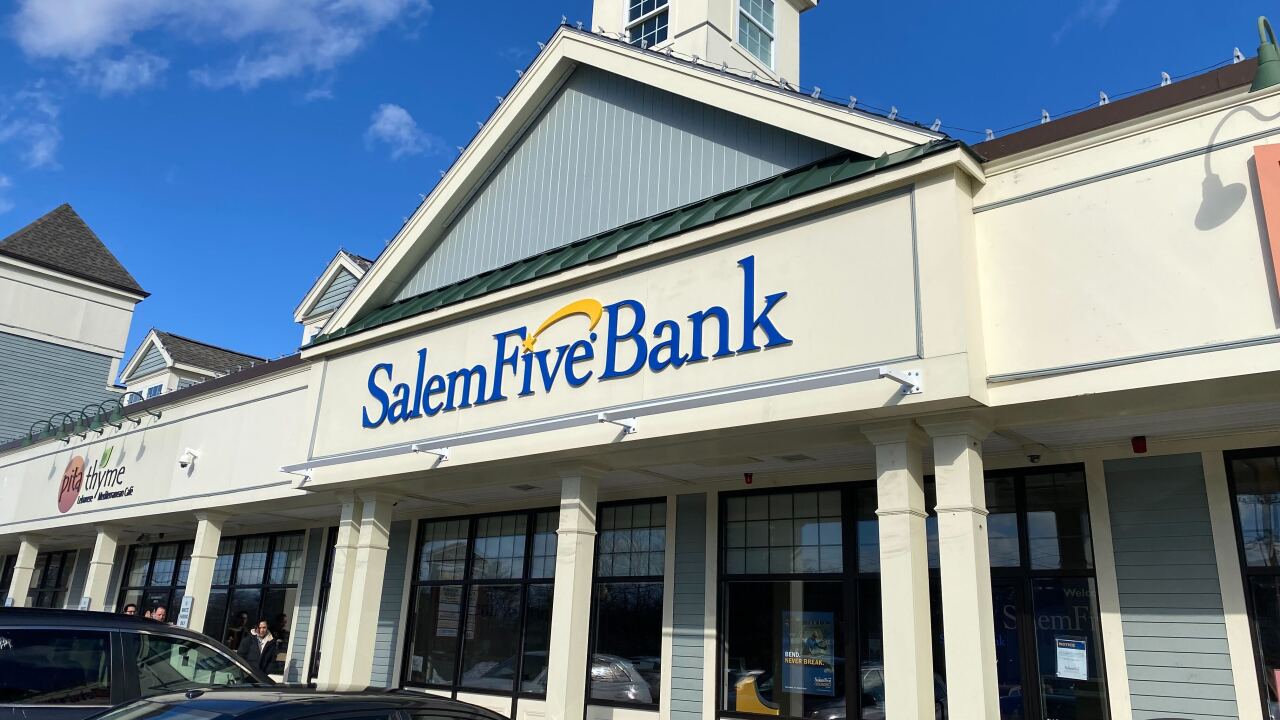CHICAGO — The FedNow real-time payments settlement network from the Federal Reserve could launch prior to its estimated 2024 time frame, but a lot of pieces have to fall into place to make that happen.
And it's far more important that those pieces fit together properly to establish the "solid foundation" the Fed wants in place for bringing the service to businesses and banks across the country, said Esther L. George, president and CEO of the Federal Reserve Bank of Kansas City.
The Fed will continue to get feedback from interested parties through early November before taking the next steps in developing the system. "Studying is the right place to be right now," George said Tuesday in her

While admitting the Fed would like to see the faster payments settlement service operational "as soon as possible," George said she could not commit to any other time frame besides the announced 2024 target date.
In addition to the question of timing, the most common concerns from those in the payments and banking industries center on whether the faster payments operations available in the U.S. will be interoperable, and what type of pricing model FedNow would adopt.
"The importance of interoperability was prominent in the desired attributes of a faster payments system based on the Faster Payments Task Force's work," George said.
One approach allows the direct exchange of payments between operators, where payments originated by a participant of one service could be received by a participant of another service, George said. "This situation exists today in the case of the ACH system," she said.
Because the direct exchange of messages between operators would require technical functionality to move the messages and a method to enable settlement across systems and participants, the "level of cooperation between operators and complexity increases significantly with this approach," George said. "I don’t consider it an insurmountable challenge, but it could take time to achieve, and thus, it may not be an initial element of the FedNow service."
The FedNow pricing schedule will consider what the service does for larger and smaller banks. The Federal Register notice has indicated the pricing schedule for FedNow would be made public prior to its launch.
"This transparency in pricing will take into account prevailing market practices and can be expected to include a combination of per-item fees charged to sending and — potentially — to receiving banks, and fixed participation fees," George noted.
The FedNow service will be subject to the Monetary Control Act, which requires that aggregate revenues match costs over the long run and requires the Board of Governors to adopt pricing principles specifically to avoid unfair competition with the private sector, George added.
"The Federal Reserve follows a transparent process in describing its schedule of fees for each service line in an annual notice to the public," she said.
Even before the Federal Reserve revealed last summer it would develop




